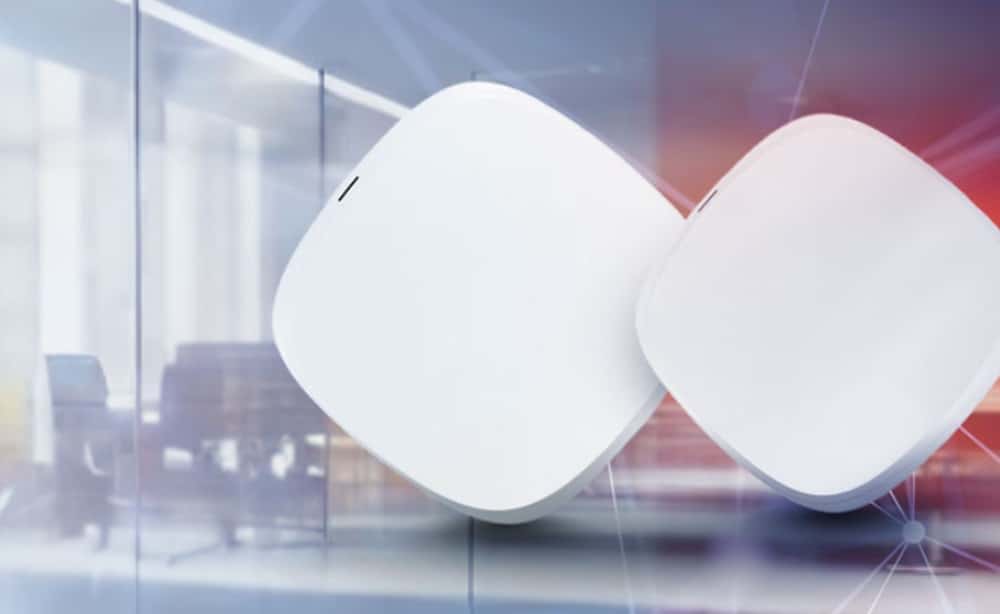Leading global distributor of, security, AV and low-voltage products, ADI has released a new blog on its website, exploring how, as the Internet of Things (IoT) expands and bandwidth demands skyrocket, the networking industry stands at the precipice of a major transition. Wi-Fi 7 represents not just another incremental upgrade, but a fundamental reimagining of wireless technology designed to meet the challenges of our increasingly connected world.
In an in-depth discussion with Bryce Nordstrand, vice president of managed services at ADI | Snap One, and Nima Jamshidi, director of networking product management for ADI | Snap One, the company explores every facet of this emerging standard, from its technical breakthroughs and evolution of Wi-Fi technology to real-world implementation challenges.
The unstoppable growth driving Wi-Fi 7 adoption
The genesis of Wi-Fi 7 lies in a simple, undeniable trend: the explosive proliferation of connected devices. Where homes once contained a handful of Wi-Fi gadgets, they now host dozens, and in some cases, hundreds.
“I remember myself having 20 devices in my house, and now when I go to my OvrC account, I have 120 Wi-Fi devices connected,” says Nima Jamshidi, emphasizing the dramatic shift. ”I’m in technology, so I do a lot of testing, but it shows how much it’s growing. The applications need higher bandwidth, lower latency — and these are all the promises behind Wi-Fi 7.”
This IoT device explosion isn’t limited to residential environments. Commercial spaces, from offices to healthcare facilities, are experiencing similar growth. According to Nordstrand, remote workers during the COVID pandemic got used to having all of their convenient connected devices at their disposal.
“Now they expect the same in offices,” Nordstrand says. “We’re seeing live TVs in support offices because people don’t want to be in cold, dark environments anymore.”
Wi-Fi 7 vs. Wi-Fi 6: A fundamental rewrite
Previous Wi-Fi generations followed an evolutionary path, with each new standard building upon its predecessor. Wi-Fi 7 breaks this pattern with architectural changes that justify calling it a complete overhaul rather than an update.
According to Nordstrand, the Wi-Fi 7 specification is a total rewrite of Wi-Fi technology, a departure from previous generations of Wi-Fi development.
The rewrite, Nordstrand says, represents a major shift in the requirements of wireless networks and the IoT. Individual devices connecting to a wireless system and doing their own individual thing are now table stakes, but devices are now beginning to talk to one another to carry out automations.
This shift reflects the maturation of the Internet of Things from concept to reality. Where Wi-Fi 6 handles discrete connections well, Wi-Fi 7 is built for ecosystems where devices constantly communicate, such as security cameras alerting smart locks, thermostats adjusting based on occupancy sensors and entertainment systems syncing across multiple rooms.
This is just a snippet of the article, which goes into further detail on technical breakthroughs, implementation challenges for integrators, plus real-world applications and future outlook. To read the full article, click here.
For more recent news, click here



